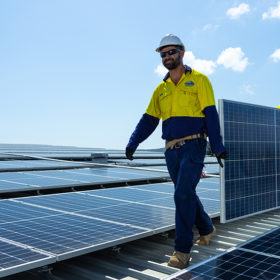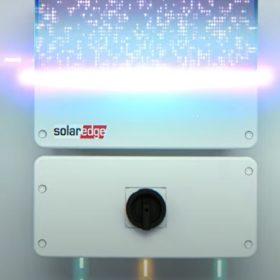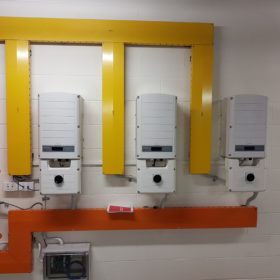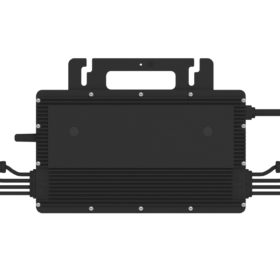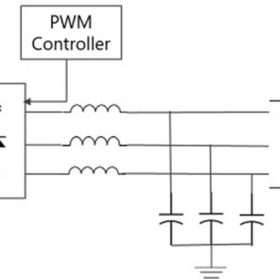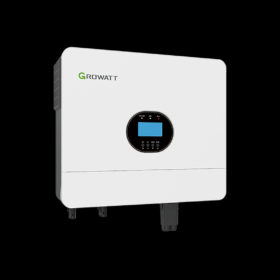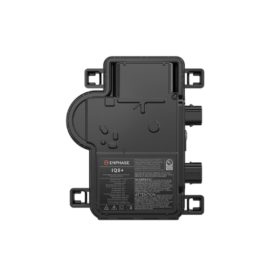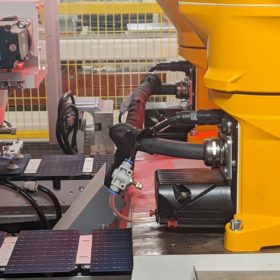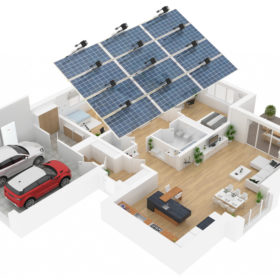Australia’s top 10 solar panel and inverter manufacturers revealed
Analysis from Sunwiz has revealed Australia’s breakdown of top rooftop solar and inverter manufacturers for 2022.
SolarEdge announces record revenues in 2022
SolarEdge’s revenue rose 58% year over year to USD 3.1 billion ($4.5 billion) in 2022. It expects revenues for the first quarter of 2023 to be within the range of $1.33 billion to $1.37 billion.
SolarEdge inverters first to ‘natively’ comply with SA’s flexible export program
Inverter and battery manufacturer SolarEdge has become the first vendor to meet, via native inbuilt software, the upcoming requirement in South Australia for “flexible exports” from residential solar systems. From July, the South Australian government will require new rooftop systems be fitted with software that allows SA Power Networks to dynamically control solar exports.
New residential battery inverter solution from China
Esysunhome (ESYSH), a new energy storage company in China, has developed a 5.12 kWh lithium iron phosphate (LFP) battery system with a 7.9 kW inverter. It says six modules can be combined for up to 30.72 kWh of energy storage capacity.
Hoymiles reveals microinverters for high-power PV modules
Chinese manufacturer Hoymiles has developed a new line of microinverters with up to 96.7% efficiency and outputs of up to 2,000 VA. It said they can be connected with up to four high-power solar modules.
Lowering grid costs with voltage support from PV inverters at night
US researchers have proposed the use of solar inverters in utility-scale solar assets to replace expensive voltage compensators, in order to provide voltage support at night. They said reactive power from PV inverters could be significantly cheaper and suggested the introduction of incentives to convince PV plant owners.
Growatt unveils new inverters for residential off-grid PV systems
Growatt’s new 6 kW inverters have an efficiency rating of 93% and offer 12,000 VA of surge power, up to 500 V of input voltage, and 8 kW of PV input capacity.
Enphase to add up to 7.2 GW of US solar microinverter production capacity
Enphase CEO Badri Kothandaraman has said that the company will build four to six new manufacturing lines in the United States.
Feds focus on renewables with $15 billion manufacturing fund
The Australian government will commence talks with investors and industry this week on the formation of a $15 billion (USD 10.2 billion) national reconstruction fund that aims to boost investment in onshore manufacturing, including the production of solar panels, batteries and hydrogen electrolysers, and components for wind turbines.
Energy optimiser SolarEdge expands into full home solution
Customers’ desire for fast, simple access to rooftop solar has driven the industry towards one-stop solutions, with all system components under the same brand and warranty arrangements, and integrated under a proprietary intelligent digital control system. pv magazine Australia spoke with Gavin Merchant, country manager for Australia and New Zealand, about the new SolarEdge Home equation and the economic drivers of full rooftop package adoption.
